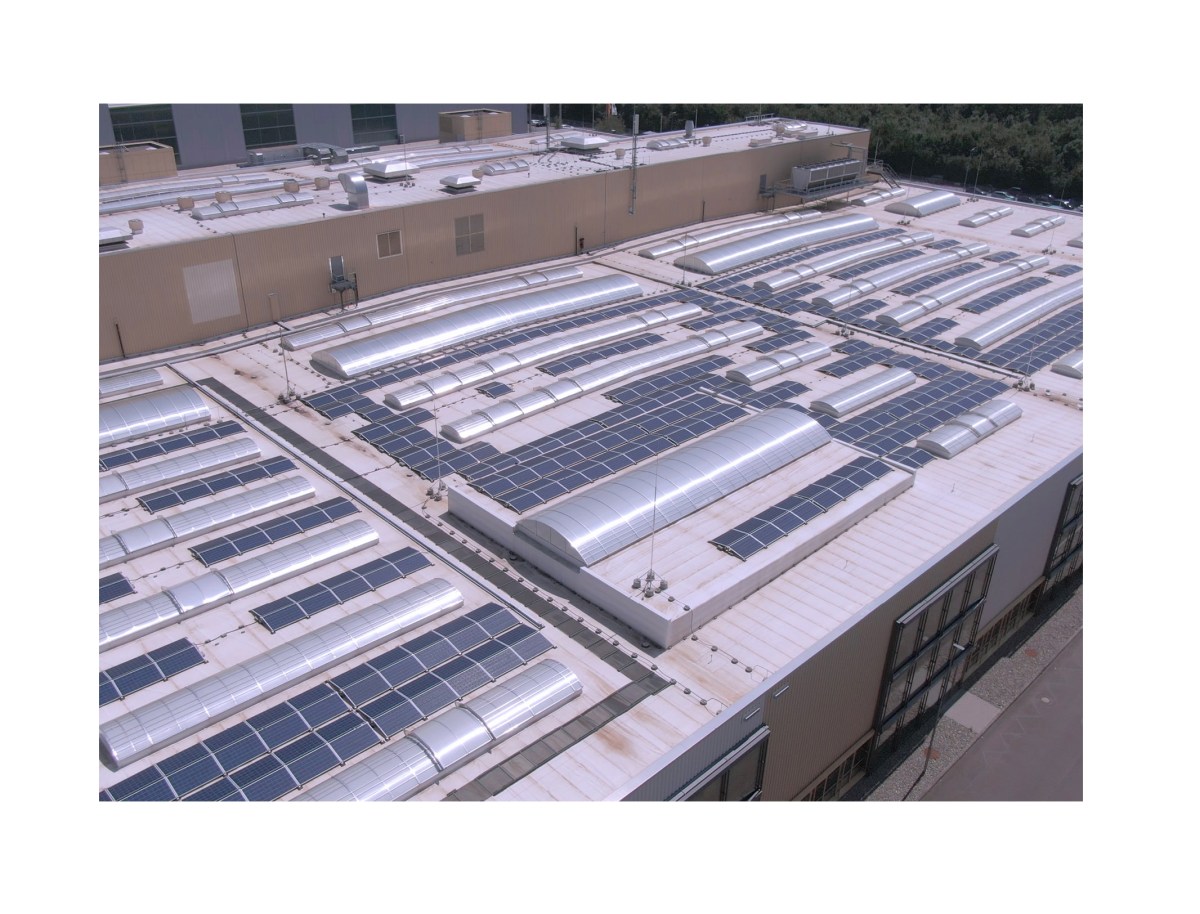Heidelberg has made a commitment to become climate neutral by 2030.
To help achieve this goal, the company has set up an Environmental Social Governance (ESG) panel. It will develop strategy for defining, implementing, and monitoring the associated measures. Dr Eva Boll heads the panel.
Rainer Hundsdörfer, chief executive of Heidelberg, says, “Heidelberg is well aware of its responsibilities regarding the dangers posed by global climate change and affirms the 1.5 degree target of the Paris Agreement.
“For many years, we have been actively working to gradually minimise harmful emissions. Also, we want to reduce the health and environmental impact of our sites. Further, we have made a commitment to ensuring our worldwide production and distribution sites are operating on a climate-neutral basis by 2030. This is earlier than required by legislation.”
Increased efficiency
Heidelberg has defined several measures and started to roll them out. Initially, it will focus on increasing energy efficiency at all production and distribution sites. Also, it will supply these sites with green energy. This alone will lead to a clear reduction in CO2 emissions. The company will then use emissions certificates to offset the residual, unavoidable emissions. Consequently, Heidelberg aims to achieve complete climate neutrality at its sites without the use of emissions certificates by 2040 at the latest.
Holistic ESG sustainability strategy
The company says its ESG sustainability strategy extends beyond the issue of climate neutrality. The company sees sustainability as a long-term balance between the environment, business, and social responsibility. Therefore, it will focus on climate strategy, environmentally friendly products, sustainable HR management, compliance, and good governance.
Marcus A. Wassenberg, chief human resources officer at Heidelberg. says “Heidelberg has made a commitment to sustainable HR management. We have geared it toward issues such as new work, demography management, inclusion and diversity, health management, and employer branding.
“After all, a growing number of financial market players are putting more emphasis on sustainability management. They see it as a key criterion for future investment decisions.”
Human rights issues and environmental considerations are also to be anchored throughout the entire value chain, which includes all the suppliers to the Heidelberg Group.
Eva Boll, says, “Heidelberg takes a holistic view of sustainability management and factors. This includes climate and environmental protection with regard to the production and use of its products, and social criteria.
“Over the coming weeks and months, we will continue to work step by step on the catalogue of criteria and planned measures. By the end of the current financial year, we will create a road map with interim targets for the years ahead. The environment, cost-efficiency, and social responsibility will all go hand in hand.”
Growth opportunities
The global trend toward climate and environmental protection and sustainability has opened growth opportunities for Heidelberg. For example, Heidelberg leads the German market wallboxes used to charge electric vehicles. It plans to gradually expand its portfolio in the fields of charging infrastructure and the smart home. An international rollout is also a key element of this strategy. Furthermore, Heidelberg has extensive expertise in automation concepts and solutions for carbon-free production. It intends to put these to good use outside the graphic arts industry.
Hundsdörfer, says, “The holistic approach is not just an expression of our sense of responsibility. Thanks to the decarbonisation solutions that are integral to this approach, it also opens up new growth opportunities for the company in a whole range of sectors, even outside our core business.”
Sustainability has been integral to the corporate strategy at Heidelberg for decades
Heidelberg says sustainability has featured as a core aspect of corporate strategy at Heidelberg since the early 1990s.
The company has had an accredited environmental management system in place since 1996. In 2001, it achieved ISO 14001.
At its Amstetten foundry site, Heidelberg has improved energy efficiency by more than 20 percent since 2012. First, it has improved heating, ventilation, and lighting systems. Second it has replaced motors. Lastly, it has optimised the smelting process. Further, it is rolling out energy efficiency projects at other sites. It has modernised a number of workshops and switched over to LED lighting technology.
Life cycle
Heidelberg is developing environmentally friendly and reliable products for all stages in the life cycle. That relates to production, operation, disposal, and recycling. Compared to 1990, Heidelberg has driven down energy requirements for the printed sheet by 40 percent. When it comes to paper waste, other types of waste, energy consumption, and emissions, the company has systematically geared its products towards sustainability so that customers can manufacture their printed products under the slogan “Think Economically, Print Ecologically”.
In 2012, Heidelberg became the first press manufacturer to calculate the CO2 emissions associated with the production of its presses. It can manufacture them on a carbon-neutral basis at customers’ request.
In addition, Heidelberg has joined several sustainability initiatives.


